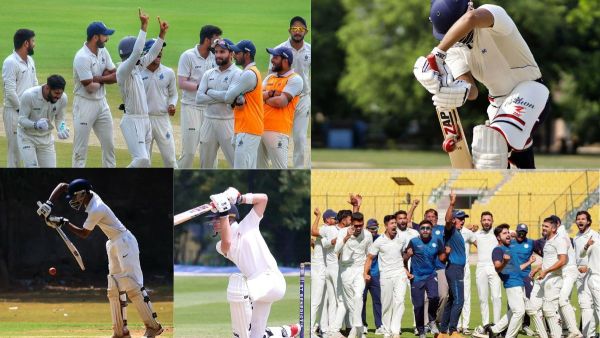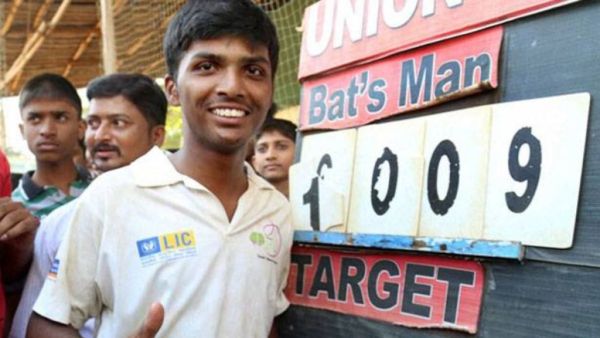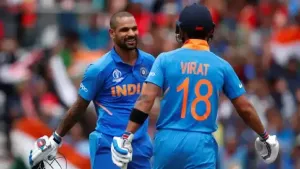
Rahul Tiwari
khelja|21-09-2024
India: India's domestic cricket teams have given many star players to Team India, who have performed brilliantly while playing for Team India for a long time. These players have made a huge contribution to cricket in India as well as the world. However, India's school cricket also has a big role in this, where children are given cricket training from childhood.
History created in school cricket in India

There have been a lot of runs scored in the domestic circuit of Indian cricket and in school cricket. However, today we are going to talk about a score that created history in school cricket. In 2016, Pranav Dhanawade recorded the highest individual score in recognised cricket history, becoming the only cricketer to score more than 1000 runs in an innings. Dhanawade's KC Gandhi English School was playing against Arya Gurukul in a Bhandari Cup game in Mumbai. In this match, KC Gandhi School scored 1465 runs for the loss of 3 wickets at a rate of 15.58 runs per over.
Pranav Dhanawade had scored an unbeaten 1009 runs
Mumbai's Pranav Dhanawade created history on Tuesday. Playing for KC Gandhi School in an inter-school tournament, Pranav became the first cricketer to score four digits by scoring an unbeaten 1,009 runs. Dhanawade remained unbeaten on 1009 runs off 327 balls. In the match played at Kalyan's Union Cricket Academy ground, 15-year-old Pranav hit 129 fours and 59 sixes during his innings. Due to this effort, his school declared the innings at 1465/3, which is also the record for the highest team score till date.
Pranav Dhanawade….
Runs- 1009*
Balls- 323
Mins- 395
S/R- 312.38
Sixes- 59
Fours – 129
His school KC Gandhi HS declared @ 1465— Mohandas Menon (@mohanstatsman) 5 January, 2016
broke the world record
Pranav Dhanawade caught everyone's attention after he broke the world record by scoring 629 runs. He broke AEJ Collins' 117-year-old record for most runs in an innings. Collins had scored an unbeaten 628 in a club match in England in 1899. Dhanawade's school surpassed the previous international record of 1,107 runs set by Victoria against New South Wales in 1926.

IPL 2026 Auction: Check SRH’s purse, slots available, retained players, released players and more

Shikhar Dhawan prayed to God for Virat Kohli’s 100 century

Harshit Rana discusses impact of bowling alongside Arshdeep, highlights their successful performance together

IPL 2026 Auction: Top five oldest players to go under the hammer on December 16






